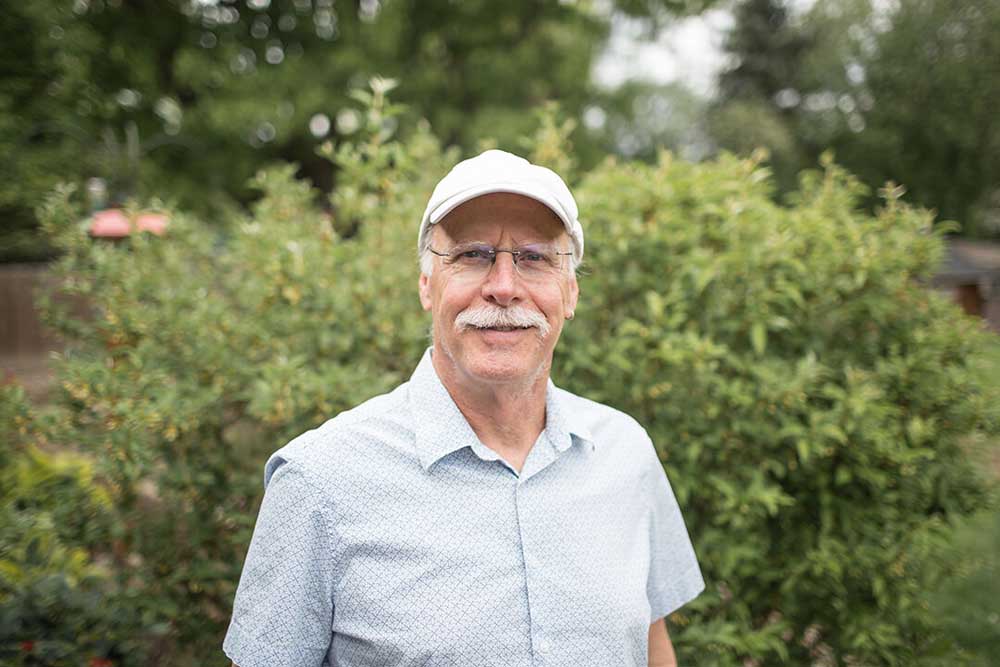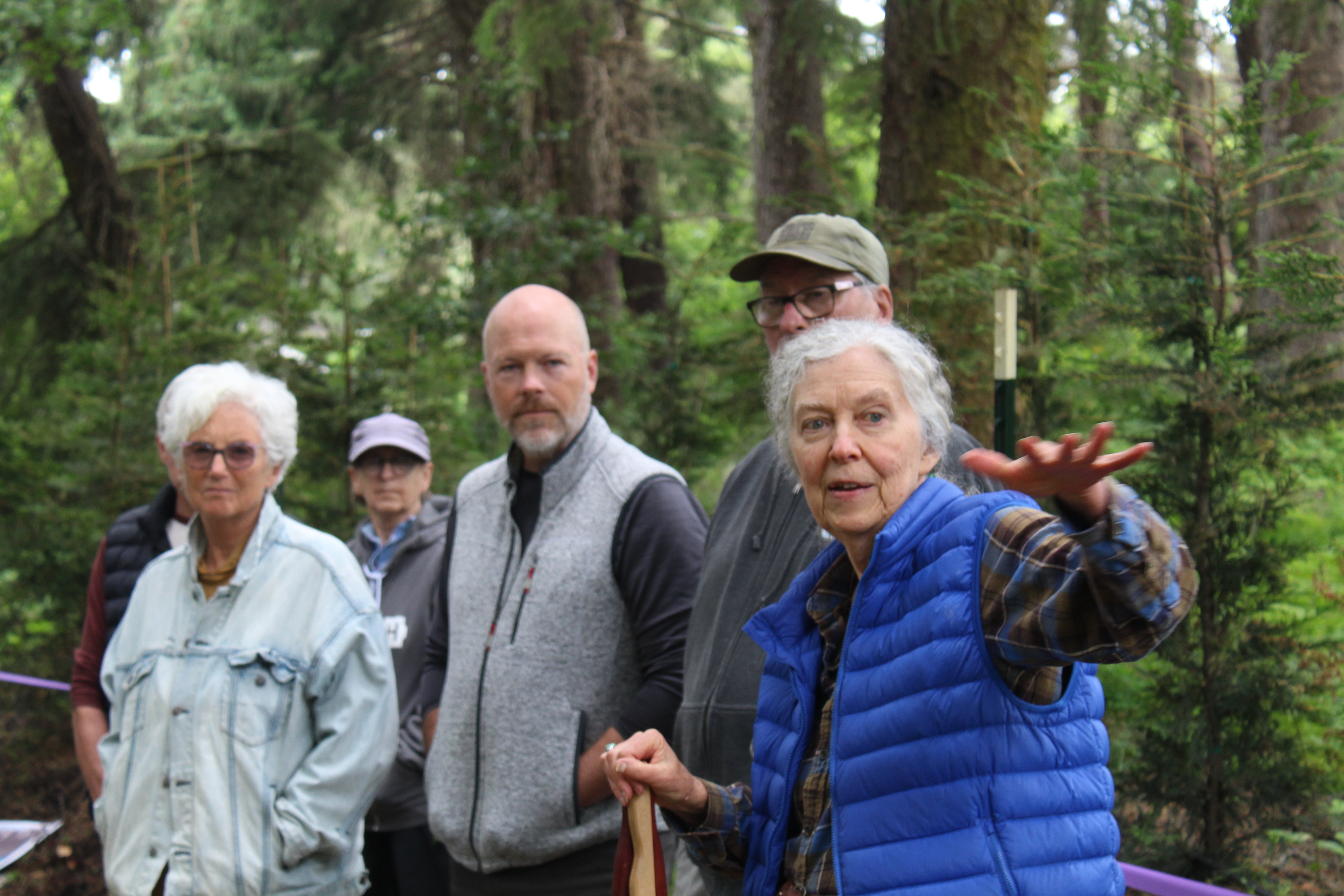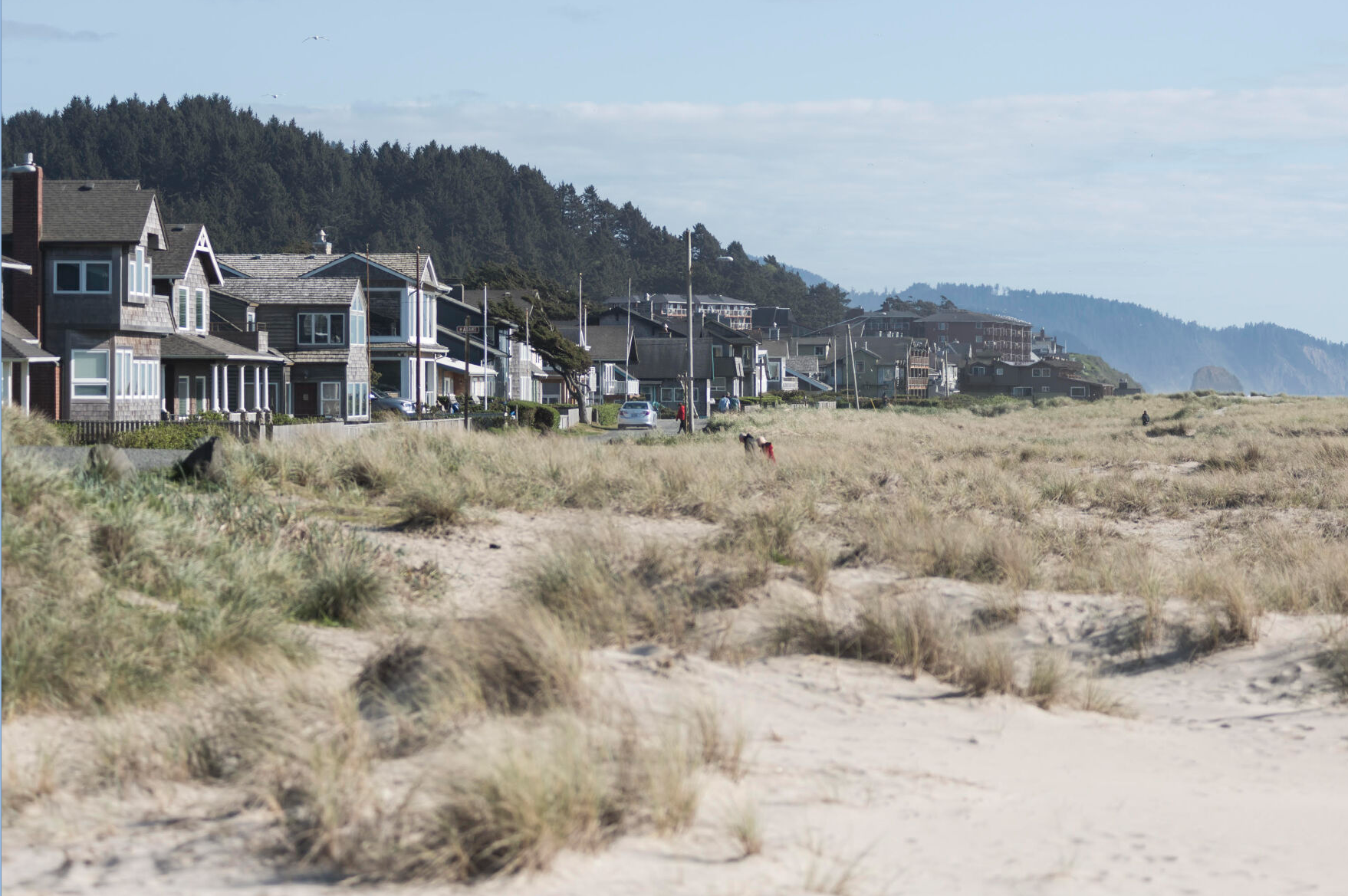Guest Column: Why a conservation plan means more timber
Published 12:30 am Thursday, July 20, 2023

- Chuck Willer
The habitat conservation plan for the state forest within Clatsop County has come under coordinated attack from the timber industry and their supportive politicians.
Trending
Critics say the plan will harm local government and local jobs. But, if you look at the timber harvest numbers included in the plan, you’ll see the opposite is true: the industry and taxpayers will benefit from the plan over the long term. Which makes the whole story they’ve been telling just plain wrong.
Let’s dig in.
Over the past several years, the Oregon Department of Forestry has been working with federal fish and wildlife agencies to draft a habitat conservation plan for 630,000 acres of state forestland in western Oregon. Just over 500,000 acres of that land is on the North Coast. Some of the last, best wild salmon and steelhead runs on the North Coast originate on state forestlands. State forest streams and rivers provide drinking water to 500,000 people near the forest. And state forestlands are a huge recreation hub for hunting, fishing, hiking, off-roading and other activities. And a big portion of timber revenues from Clatsop State Forest are shared with the county and dozens of local taxing districts.
Trending
A habitat conservation plan is designed to keep logging revenues flowing. In exchange for setting aside key forest areas for fish and wildlife, the state gets a take permit allowing lawsuit-free logging. Apparently, the Clatsop County commissioners are unaware that 17 species living on state forestland are listed or soon to be listed under the Endangered Species Act. Otherwise, they would not have opposed a plan that insulates timber harvest from an Endangered Species Act lawsuit.
Under the draft plan issued last summer, there are four options, which range in habitat protections. And for each option, the agencies modeled timber harvest. What did they find?
The modeled average annual harvest over the first 25 years is close in all four options and is similar to the average harvests of the last decade
.
So, in reality the plan doesn’t change anything about the average harvest levels on the forest. Will harvests fluctuate from year to year? Yes. In fact, State Forester Cal Mukumoto was on record stating that log harvests are down on the state forests over the last year because logging companies have elected to cut fewer timber sales in recent months, possibly due to lower timber prices. That’s on the logging companies.
Where harvest levels vary over the next few years, Gov. Tina Kotek has committed to stabilizing funding to cover any near-term gaps for local services. What isn’t going to change over the long term is the average amount of timber available to fund local services. In fact, Clatsop County is far better off if the habitat conservation plan goes through because, as I previously mentioned, it inoculates the state forests from being shut down due to Endangered Species Act lawsuits.
You might wonder why timber companies and their allies, including state Rep. Cyrus Javadi and Commissioner Courtney Bangs, are raising such a ruckus about a plan that provides business certainty. Especially after the industry made the business certainty argument in agreeing to a habitat conservation plan for their own private timberlands last year.
I believe it boils down to several North Coast lumber corporations having far more lumber milling capacity than they have timberland. Perhaps all the investment in automation and high production equipment in the past was based on a belief that state forests were going to be their corporate tree farm.
Just because you build a great big sawmill doesn’t mean you are entitled to everyone’s trees.









